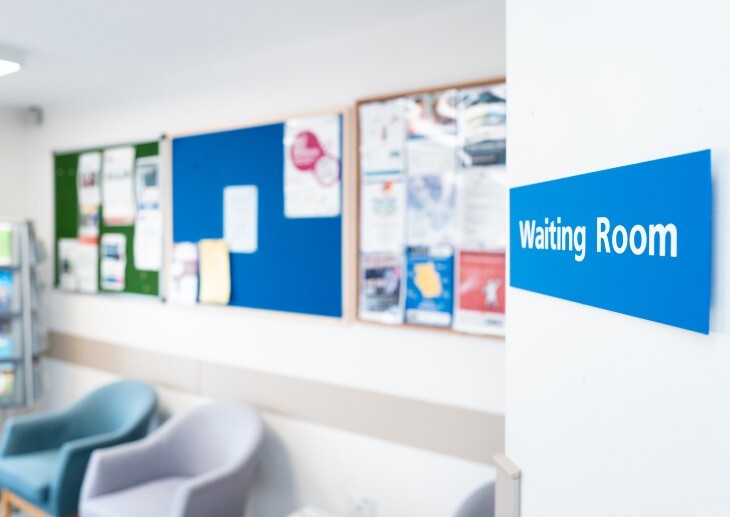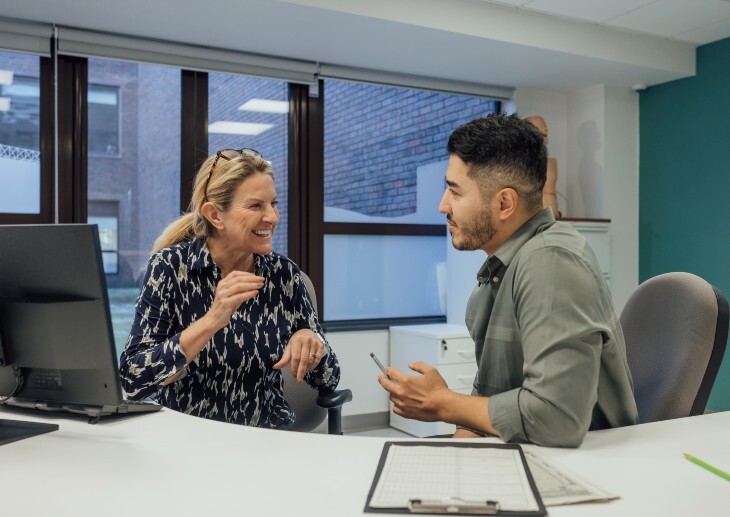Hundreds of thousands of patients are breathing in toxic air when they visit hospitals and GP practices across the UK, according to a new study.
In total 248 hospitals and 2,220 GP practices were found to be in areas that ‘exceed safe pollution limits’, as set by the World Health Organisation (WHO).
The study by the British Lung Foundation, Toxic air at the door of the NHS, found that small towns such as Ipswich, Gillingham and Worthing had their main hospital located in an area with unsafe pollution, as well as many large and medium-sized cities.
The hospitals affected included two of the biggest children’s hospitals in the country – Great Ormond Street Hospital in London, and Birmingham Children’s Hospital.
All of the 2,468 hospitals and GP practices were found to be in breach of the WHOs recommended limits for fine particulate matter (PM2.5), considered one of the most dangerous air pollutants.
The British Lung Foundation called air pollution an ‘urgent threat’, especially for the 12 million people in the UK who are living with a lung condition – including asthma, COPD and bronchiectasis.
However, the report said that hospitals and GP surgeries ‘should not be blamed’ for these high pollution levels. Instead, the problem was caused by pollution around these centres from vehicle emissions, wood burning, shipping, farming or industry.
The research has called for the Government to adopt WHO’s limit for fine particulate matter – tiny particles that are not visible but can pass through the lungs and go into the bloodstream –into UK law through the upcoming environment bill.
The foundation has also called for the Government to implement clean air zones – including around hospitals and other health centres, – which would see drivers charged to enter the zone if their vehicle does not comply with environmental standards.
Alison Cook, director of policy at the British Lung Foundation, said: ‘It’s unacceptable that vulnerable people with NHS appointments are being exposed to toxic air that could make their health worse. People with heart and lung problems, the elderly and children are most at risk from air pollution.’
‘It can’t be right that hospital staff and GPs must care for people in environments that could worsen their symptoms and could be putting them at risk of a whole range of health problems further down the line.’
Dr Maria Neira, WHO director for department of public health, environmental and social determinants of health, said:
‘Air pollution kills seven million people every year, and this invisible killer is responsible for 29% of deaths from lung cancer. This new research is critical as it shows the importance of framing air pollution as a health issue and having better air pollution data.’
‘The WHO will hold its first ever global conference on air pollution and health at the end of the month to bring together national governments.
We know that solutions exist to protect and promote people’s health, and we want to see governments taking bold actions to ensure we can all breathe clean air and have a healthy future.’





